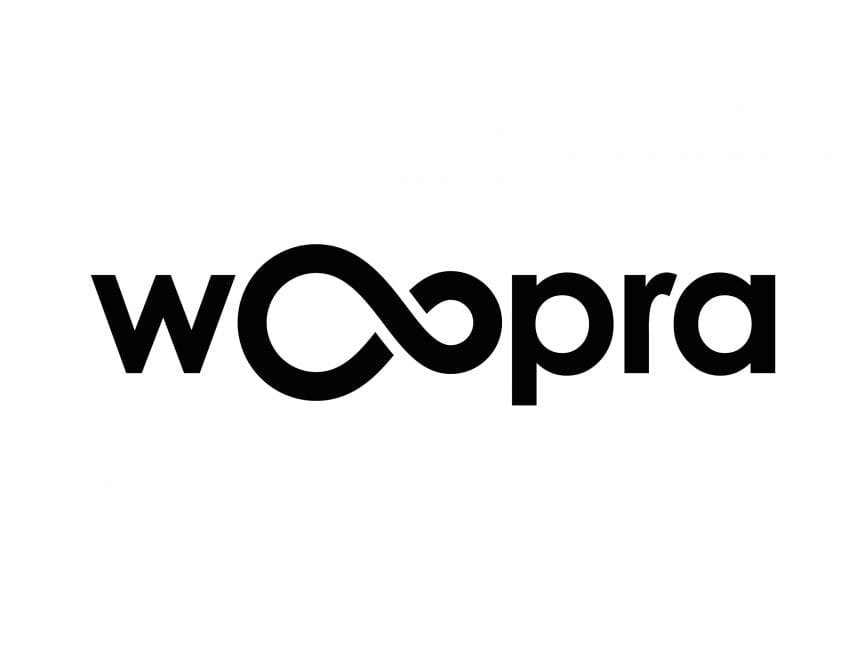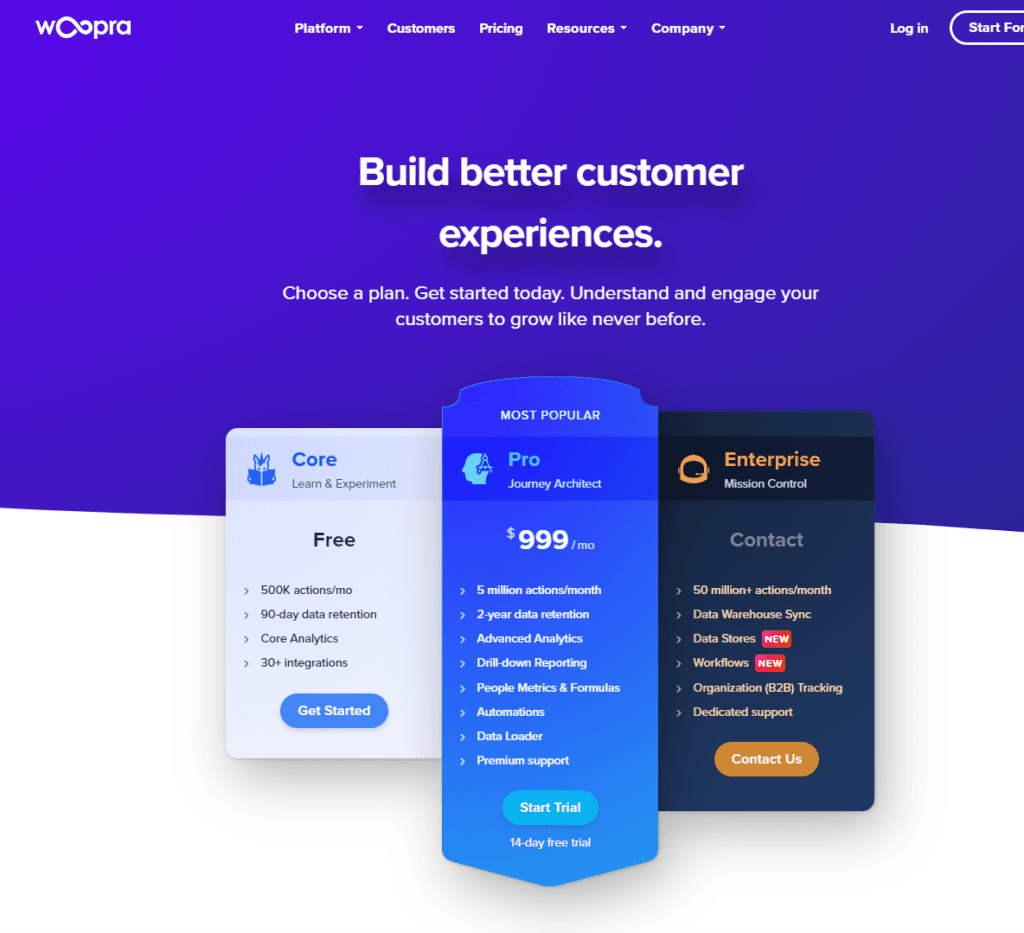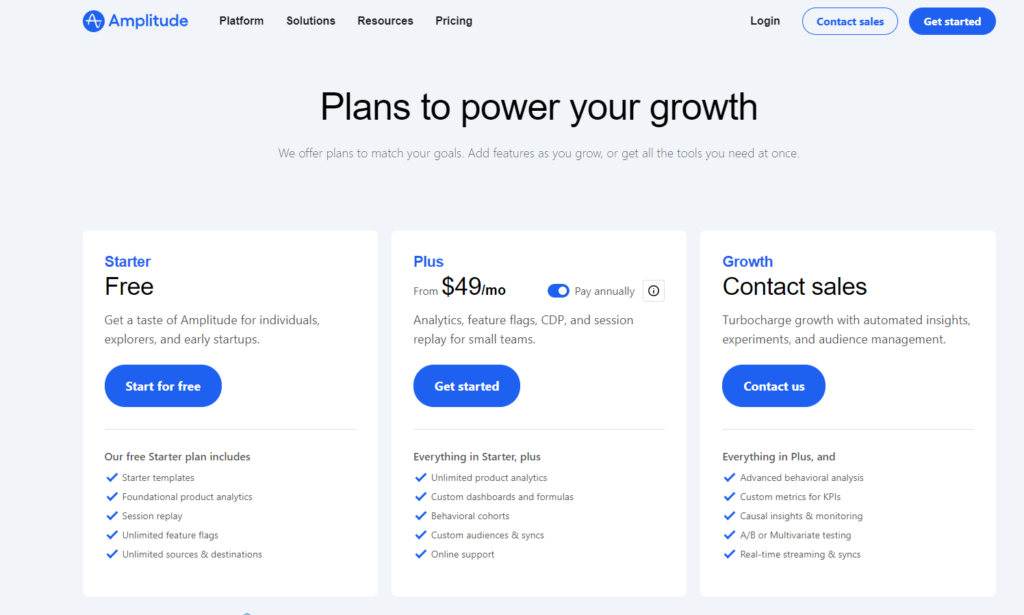When it comes to understanding your digital presence, the tools you choose can make or break your strategy. Analytics tools are like the GPS for your online business, guiding you through the dense fog of data to clear insights that drive action. Today, we’re zooming in on two major players in the analytics arena: Woopra and Amplitude. Both are powerhouses, but like choosing between a latte and a cappuccino, the best choice depends on your taste—or in this case, your business needs.
Woopra | Amplitude |
|---|---|
| G2 Score – 4.4 out of 5 stars | G2 Score – 4.5 out of 5 stars |
| TrustRadius Score – 5.8/10 | TrustRadius Score – 8.3/10 |
Ease of Integration: Plugging In Without Getting Plugged Up
Let’s kick things off with something that immediately impacts your team’s workflow and the speed at which you can start getting insights: ease of integration. Imagine you’ve just bought a new gadget. You’re excited to use it, but then you see the setup manual is thicker than your college textbooks. That’s a mood killer, right? Well, the same goes for analytics tools.
Woopra: Seamless Integration for a Cohesive View
Woopra prides itself on being more than just a data collector; it’s a storyteller. The setup is straightforward, aiming to be as painless as possible. With just a few clicks, Woopra integrates directly into your website, mobile app, and even your customer relationship management (CRM) system. It’s like giving Woopra a VIP pass to your digital ecosystem, allowing it to move freely and collect data from every corner.
One of Woopra’s standout features is its ability to track customer journeys end-to-end. From the moment a potential customer learns about your brand to the post-purchase follow-up, Woopra keeps its eyes on the prize. This is possible because of its deep integration capabilities. Whether you’re using Salesforce, WordPress, or Shopify, Woopra slips right in, collecting data from each touchpoint and knitting it into a coherent narrative. This doesn’t just save time; it enriches your data, offering insights that are both broad and deep.
Amplitude: A Developer’s Dream for Customization
Then there’s Amplitude. It’s like the Swiss Army knife of analytics tools—versatile, powerful, and slightly intimidating at first glance. Amplitude shines in its customization capabilities. Yes, this means a steeper learning curve and potentially more setup time. But what you invest in setup, you reap in precision.
Amplitude allows you to customize what data you track and how you track it. This is fantastic news for businesses with specific needs or those operating in niches where off-the-shelf solutions just don’t cut it. Integration here might require more hands-on deck, especially from your IT or development team, but the payoff is significant. You get analytics that fit your business like a glove, offering insights tailored to your unique objectives.
Data Visualization: Turning Numbers into Narratives
After integrating your chosen analytics tool into your digital ecosystem, the next crucial aspect is how it presents the data it collects. Here’s the thing: data is only as valuable as the insights you can extract from it, and those insights are only as good as their presentation. This brings us to our next battlefield: data visualization.
Woopra: The Art of Simplicity
Woopra approaches data visualization with a clear mantra: simplicity is the ultimate sophistication. When you log into Woopra, you’re greeted with an interface that feels more like a well-organized art gallery than a data analytics platform. Charts, graphs, and customer journey maps are laid out in an intuitive, easily digestible manner.
One of Woopra’s strengths lies in its real-time analytics dashboard. Imagine watching a live feed of your customer’s journey through your digital domain. Each action they take, from a website visit to a purchase, is captured and displayed in a visually appealing, easy-to-understand format. This real-time data stream is not just eye candy; it empowers businesses to make quick, informed decisions based on current trends and behaviors.
Woopra also offers customizable dashboards. This means you can tailor the view to highlight the metrics most relevant to your business goals. Whether you’re focused on customer retention, conversion rates, or something else, Woopra allows you to create a dashboard that puts your priorities front and center.
Amplitude: Deep Dives into Data
Amplitude takes a different approach. It’s like the deep-sea diver of data analytics. Where Woopra skims gracefully across the surface, Amplitude plunges into the depths, uncovering layers of insights hidden beneath the surface. Its data visualization capabilities are robust, detailed, and highly customizable, making it an excellent tool for data-driven decision-makers who aren’t afraid to get their hands dirty.
Amplitude’s dashboards can be complex, reflecting the tool’s emphasis on detailed analysis. You can slice and dice the data in countless ways, exploring various facets of user behavior and product performance. The platform supports an extensive array of chart types, from heatmaps to funnel analyses, each designed to offer deep insights into specific aspects of your data.
What sets Amplitude apart is its ability to handle large volumes of data without breaking a sweat. This capacity for heavy lifting makes it an ideal choice for larger businesses or those with particularly complex data analysis needs. Moreover, Amplitude’s emphasis on behavioral data provides unique insights into how users interact with your product, allowing for a level of product optimization that can significantly impact your bottom line.

Related: Check out our free SEO suite

User Segmentation: The Key to Personalization
In the digital age, personalization is not just a luxury; it’s a necessity. Businesses are moving away from one-size-fits-all strategies to tailored experiences that meet individual customer needs and preferences. This shift makes user segmentation an invaluable feature in analytics tools. Let’s compare how Woopra and Amplitude handle user segmentation, enabling businesses to carve their audience into meaningful segments for targeted actions and deeper insights.
Woopra: Intuitive Segmentation for Strategic Engagement
Woopra approaches user segmentation with an intuitive flair, making it accessible to users of all skill levels. The platform allows you to segment users based on a wide range of criteria, including demographics, behavior, and custom events. This flexibility is key to crafting personalized marketing campaigns, improving customer service, and enhancing product development.
A standout feature of Woopra’s segmentation capabilities is its real-time feedback loop. You can create segments and immediately see how changes in your strategy or product affect user behavior within those segments. This instant feedback is invaluable for businesses that thrive on agility and continuous improvement. Whether you’re tweaking your onboarding process or testing new features, Woopra’s segmentation tools help you measure impact on the fly.
Moreover, Woopra’s ability to track the customer journey across different touchpoints enables businesses to segment their audience with a high degree of precision. For example, you can create segments based on specific interactions with your website, email campaigns, or customer support, offering insights that drive highly targeted engagement strategies.
Amplitude: Advanced Segmentation for Data-Driven Decisions
Amplitude takes user segmentation to another level, offering advanced capabilities tailored for businesses with complex data analysis needs. The platform excels at behavioral segmentation, allowing you to group users based on their interactions with your product. This focus on behavior is particularly beneficial for businesses looking to optimize their product offerings or user experience based on how real people use their services.
Amplitude’s segmentation tools are powerful, supporting intricate queries that can uncover nuanced insights about your user base. You can segment users by virtually any action or series of actions, combining criteria to identify highly specific user groups. This level of granularity is a boon for product managers and marketers alike, enabling data-driven decisions that resonate deeply with their target audience.
Pricing Structures: Balancing Cost and Value
When it comes to choosing an analytics tool, pricing is often the deal-breaker. After all, no matter how sophisticated a tool might be, it needs to fit within your budget while delivering value that justifies its cost. Let’s break down the pricing structures of Woopra and Amplitude to see which offers the best balance for your business needs.
Woopra: Transparent Pricing for Businesses of All Sizes
Woopra adopts a transparent pricing model that’s designed to accommodate businesses of varying sizes and needs. It offers a free tier, which is a great starting point for small businesses or those just beginning to explore the power of analytics. This free version provides access to core features, making it possible to gain valuable insights without upfront investment.
As businesses grow and their needs become more complex, Woopra’s paid plans offer additional features, higher data limits, and more advanced analysis tools. The pricing for these plans is based on usage metrics, such as the number of actions tracked, making it scalable and adaptable to your business’s growth. This flexibility ensures that you only pay for what you need, allowing for efficient budget management.
One of the strengths of Woopra’s pricing model is its predictability. With clear usage-based pricing, businesses can plan their expenses and avoid unexpected charges. Moreover, Woopra offers custom enterprise solutions for larger businesses, providing dedicated support and customization options to meet specific requirements.
Amplitude: Flexible Pricing for Growth and Scale
Amplitude’s pricing structure is similarly designed to accommodate businesses at different stages of growth, with a focus on scalability and flexibility. It offers a free plan that’s generous in terms of the data points it allows businesses to track, making it an attractive option for startups and small businesses looking to leverage analytics without a significant financial commitment.
For businesses with more advanced needs, Amplitude’s paid plans introduce a wider range of features, including more sophisticated analysis tools, higher data limits, and additional customization options. Pricing for these plans is not as straightforward as Woopra’s and can vary based on the volume of data you’re working with and the specific features your business requires. This necessitates direct contact with Amplitude’s sales team to get a tailored quote, which can be a barrier for some businesses seeking quick comparisons.
Pricing
Woopra:

Amplitude:

Conclusion
Choosing between Woopra and Amplitude boils down to understanding your business’s specific needs, the sophistication of your analytics requirements, and how you balance cost against value. Woopra offers a user-friendly, intuitive interface with seamless integration and real-time insights, making it ideal for businesses that prioritize ease of use and immediate actionable data. Its transparent, usage-based pricing model is scalable, catering to businesses of all sizes with various budgets.
Amplitude, on the other hand, excels in offering deep, behavioral insights with its powerful segmentation and customizable analytics capabilities. It’s designed for businesses that require detailed, data-driven decision-making tools to fine-tune their products and user experiences. Amplitude’s pricing is flexible, tailored to fit complex needs and larger volumes of data, which might suit businesses ready to invest more significantly in their analytics infrastructure.
Read Next:
- GetResponse vs Zoho Campaigns: The Best Email Marketing Tool for 2024
- AWeber vs ActiveCampaign: The Best Email Marketing Tool
- Constant Contact vs Campaigner: Best Email Marketing Tool
- GetResponse vs Omnisend: The Best Email Marketing Tool for 2024
- AWeber vs Benchmark Email: The Best Email Marketing Tool




















